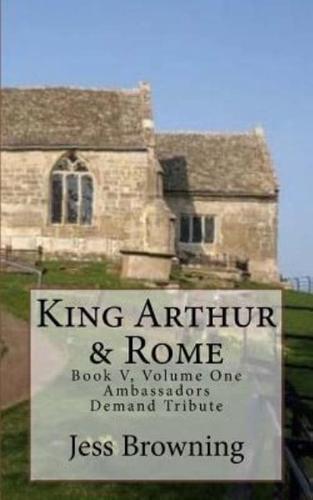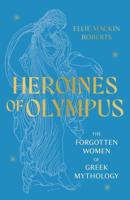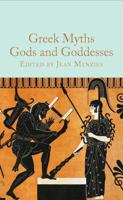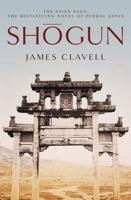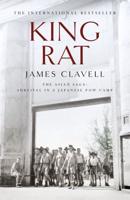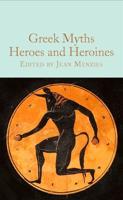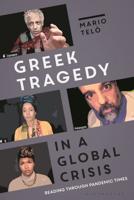Publisher's Synopsis
It is thought that the Pope in 467AD was Pope Hilarius who was thought to be in control of the Western Roman Empire, although it was actually ruled by the Emperor and controlled by various regional governors. The Pope would not gain the political power to grant lands and other comparable privileges until centuries later. Arthur was loyal to Rome and was a devout religious person, but he had the belief that original sin did not taint human nature and that mortal will is still capable of choosing good or evil without special divine aid, which many of his subjects considered heretical. It has been suggested that the character of King Arthur was based on one Lucius Artorius Castus, a career Roman soldier of the late 2nd century or early 3rd century. The person that Malory termed emperor may have been several Lucius' who were Roman Emperors in the second and third centuries AD. He and his men fought against native Britons who are rebels against Roman rule, led by the mysterious Merlin. In fact, King Arthur is a legendary British King who, according to medieval histories and romances, led the defense of Britain against Saxon invaders in the late 5th and early 6th centuries AD. The details of Arthur's story are mainly composed of folklore and literary invention and his historical existence is debated and disputed by modern historians. According to William Claxton, Sir Thomas Malory's original book titled Le Morte D'Arthur (The Death of Arthur) was finished in the ninth year of Edward IV. It was about King Arthur and his Knights of the Round Table. It is considered to be the last important English book written before the introduction of the printing press into England. Claxton's story of how the book was brought to him and why he printed it may be read in his preface in Volume One, Book I. Claxton's own story of how the book was brought to him and why he printed it may be read in his own preface. From this we learn also that he was not only the printer of the book, but to some extent its editor also, dividing Malory's work into twenty-one books, splitting up the books into chapters. If the reader wants to read all the books in Volume One and/or Volume Two they may be purchased under the title "Times and Death of King Arthur" at a substantially lower cost. The original text from the introduction to chapters in Malory's books is added below chapter titles in this book to help give a flavor to how things were written in the fifteenth century. This edition retains the chapters of Malory's Book V, Volume One, and an attempt has been made to retain his work while making it easier for the reader to follow the story using modern English and updated spelling.
